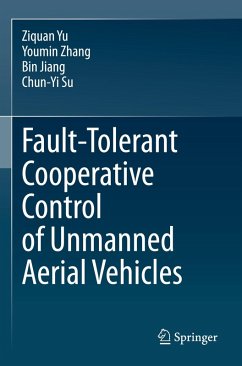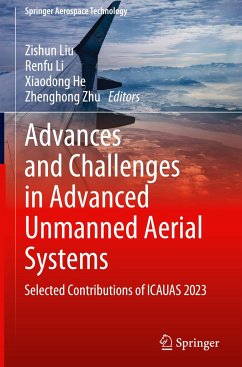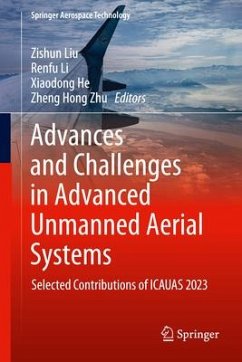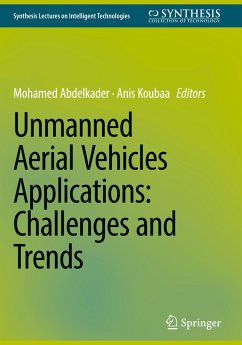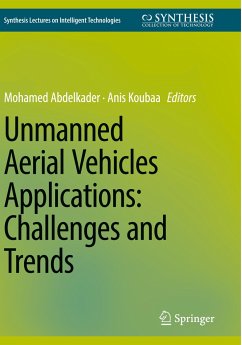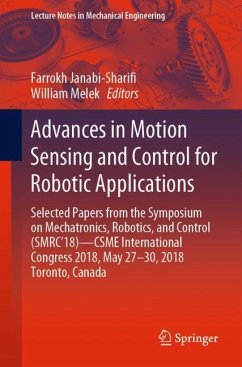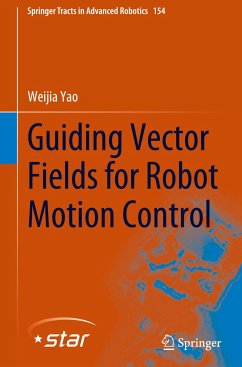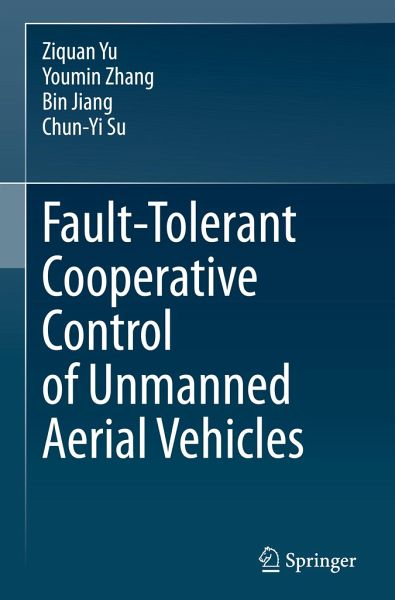
Fault-Tolerant Cooperative Control of Unmanned Aerial Vehicles
Versandkostenfrei!
Versandfertig in 1-2 Wochen
107,99 €
inkl. MwSt.
Weitere Ausgaben:

PAYBACK Punkte
54 °P sammeln!
This book focuses on the fault-tolerant cooperative control (FTCC) of multiple unmanned aerial vehicles (multi-UAVs). It provides systematic and comprehensive descriptions of FTCC issues in multi-UAVs concerning faults, external disturbances, strongly unknown nonlinearities, and input saturation. Further, it addresses FTCC design from longitudinal motions to attitude motions, and outer-loop position motions of multi-UAVs. The book's detailed control schemes can be used to enhance the flight safety of multi-UAVs.As such, the book offers readers an in-depth understanding of UAV safety in coopera...
This book focuses on the fault-tolerant cooperative control (FTCC) of multiple unmanned aerial vehicles (multi-UAVs). It provides systematic and comprehensive descriptions of FTCC issues in multi-UAVs concerning faults, external disturbances, strongly unknown nonlinearities, and input saturation. Further, it addresses FTCC design from longitudinal motions to attitude motions, and outer-loop position motions of multi-UAVs. The book's detailed control schemes can be used to enhance the flight safety of multi-UAVs.
As such, the book offers readers an in-depth understanding of UAV safety in cooperative/formation flight and corresponding design methods. The FTCC methods presented here can also provide guidelines for engineers to improve the safety of aerospace engineering systems. The book offers a valuable asset for scientists and researchers, aerospace engineers, control engineers, lecturers and teachers, and graduates and undergraduates in the system and control community, especially those working in the field of UAV cooperation and multi-agent systems.
As such, the book offers readers an in-depth understanding of UAV safety in cooperative/formation flight and corresponding design methods. The FTCC methods presented here can also provide guidelines for engineers to improve the safety of aerospace engineering systems. The book offers a valuable asset for scientists and researchers, aerospace engineers, control engineers, lecturers and teachers, and graduates and undergraduates in the system and control community, especially those working in the field of UAV cooperation and multi-agent systems.





